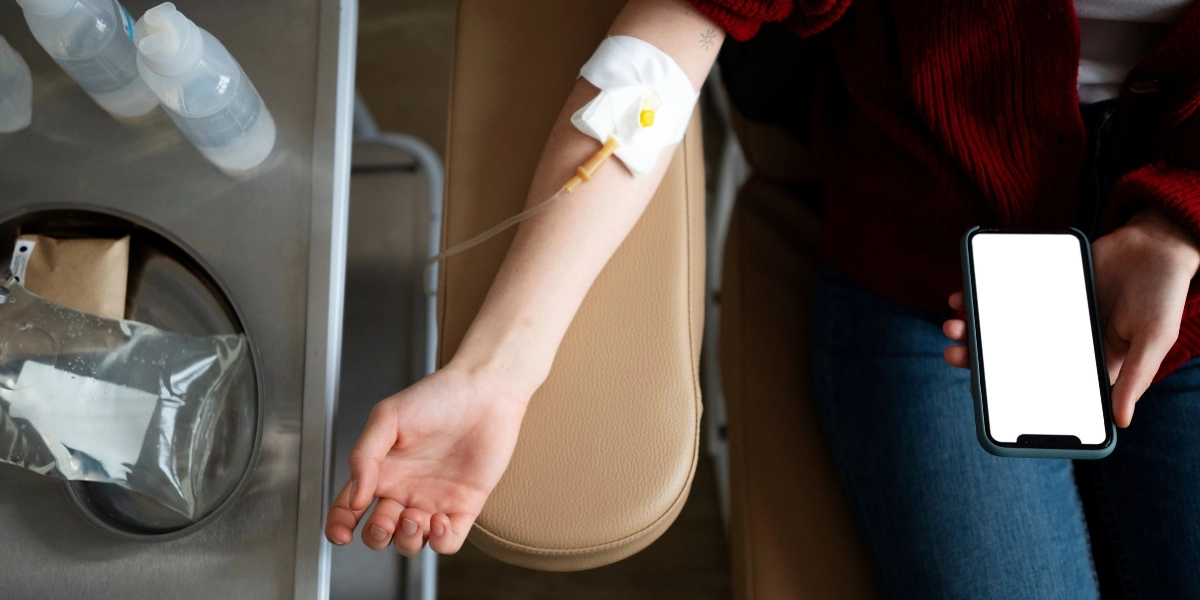Vascular Access for Dialysis

A Vascular Access is a surgically created opening in a blood vessel and the skin that allows a dialysis machine to connect to a patient’s bloodstream. The three most common types of vascular access are:
- Arteriovenous (AV) Fistula: It is a connection between an artery and a vein, generally seen in the forearm. Considering the lower complication rates, AV fistulas are the preferred method for dialysis besides it is more durable than other types of access.
- Arteriovenous Graft: It is the implanting of a synthetic tube under the skin in the arm thus create an artificial vein.
- Catheter: A soft tube is placed in a large vein, usually in the neck.
The choice of the vascular access depends on patient based on the factors like patient preference, comorbidities, and life expectancy.
